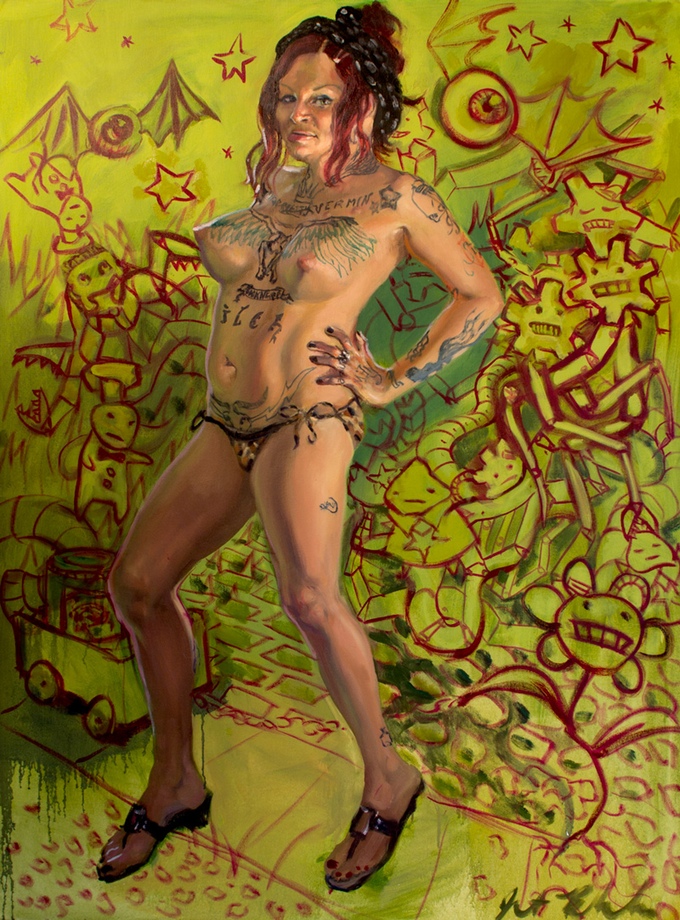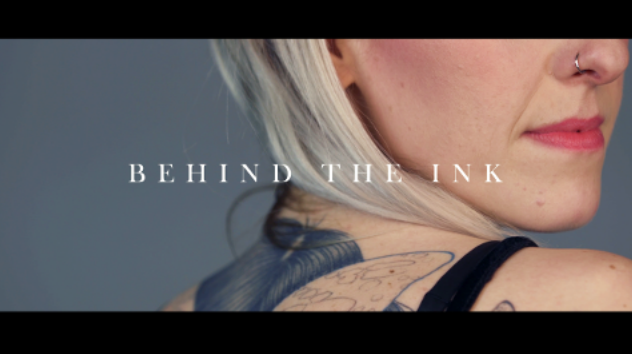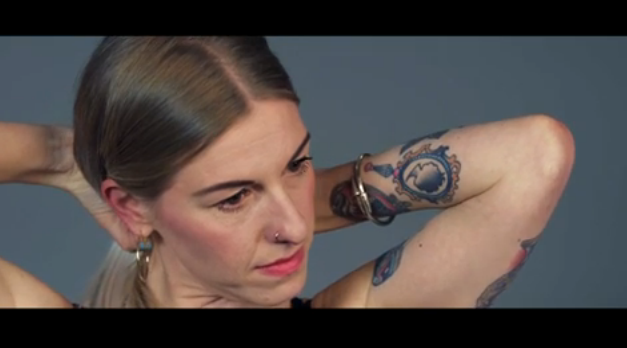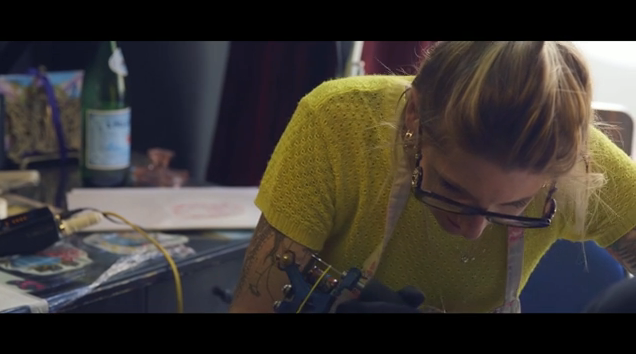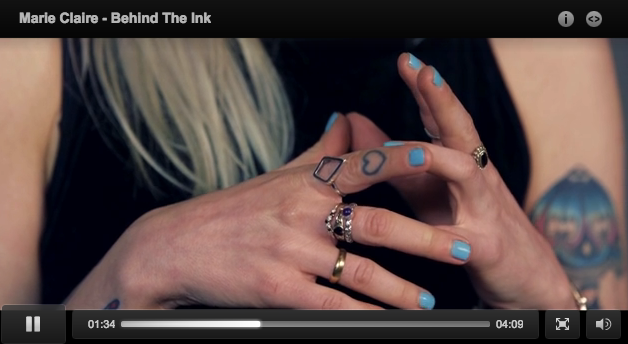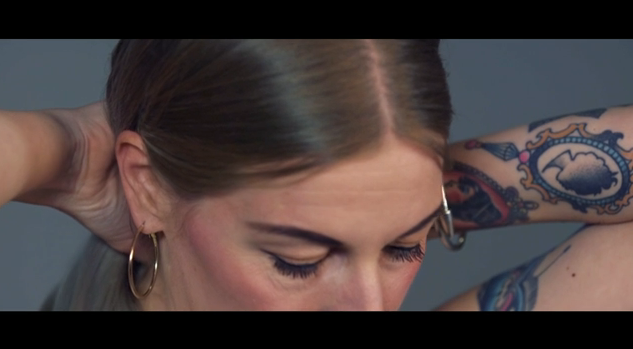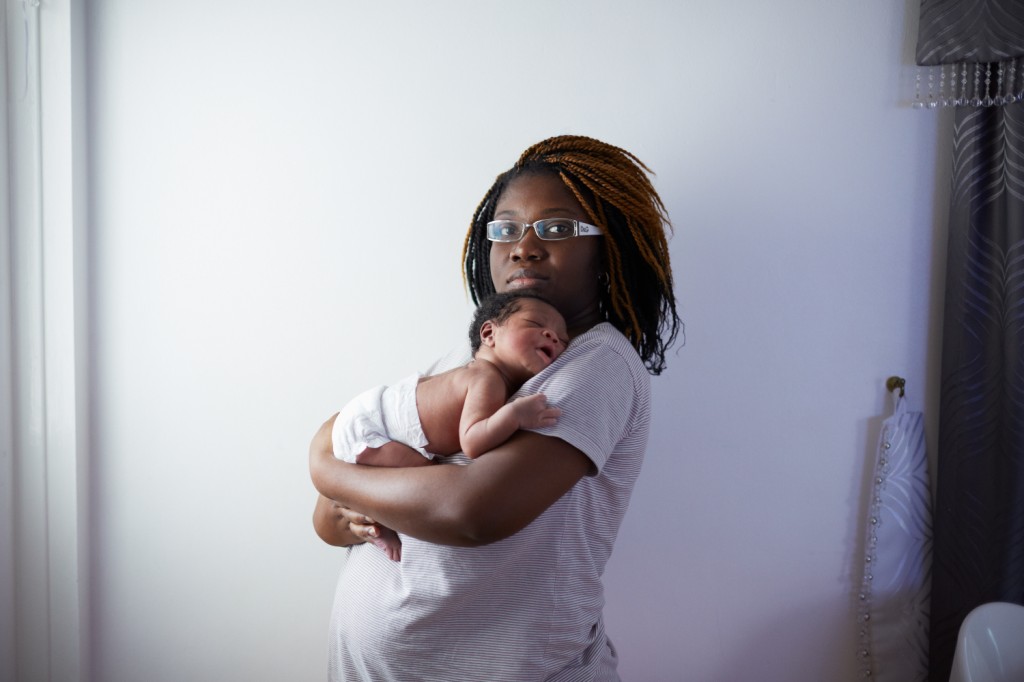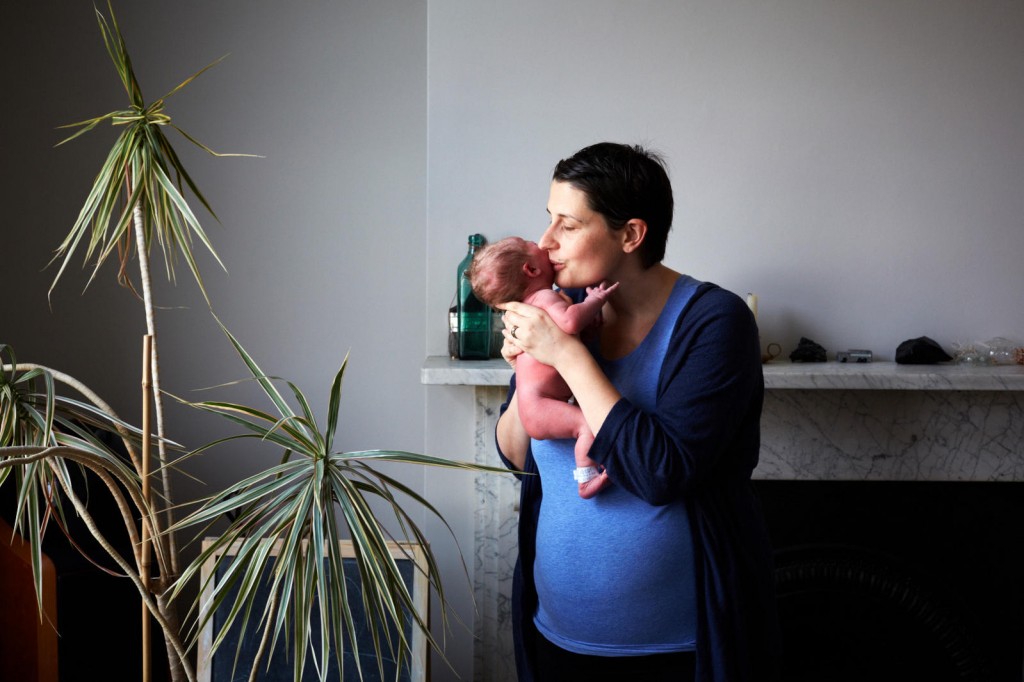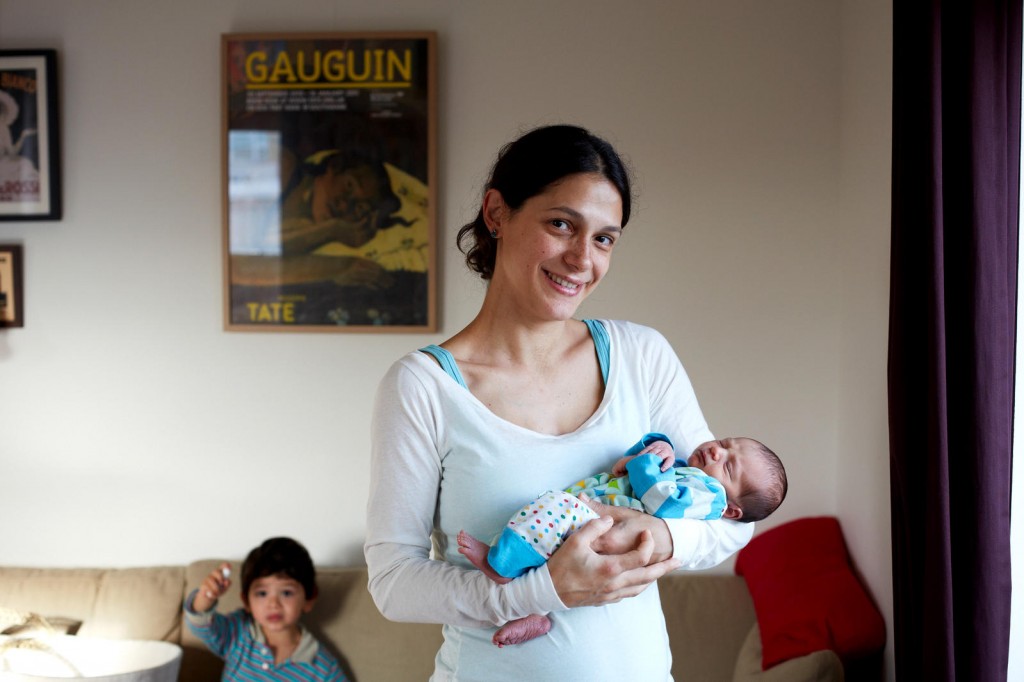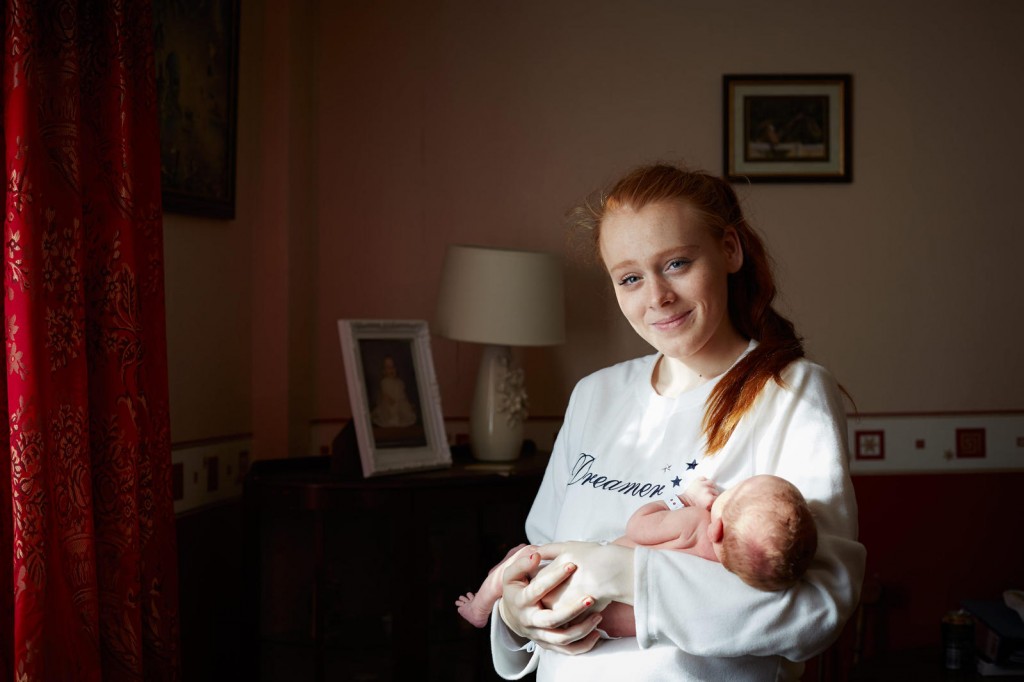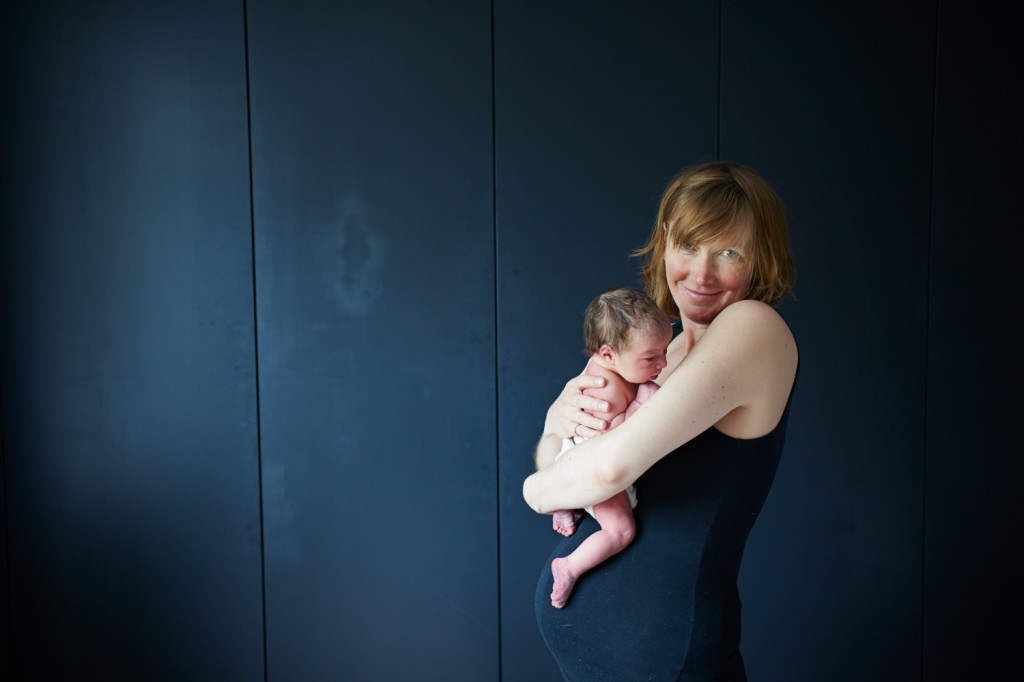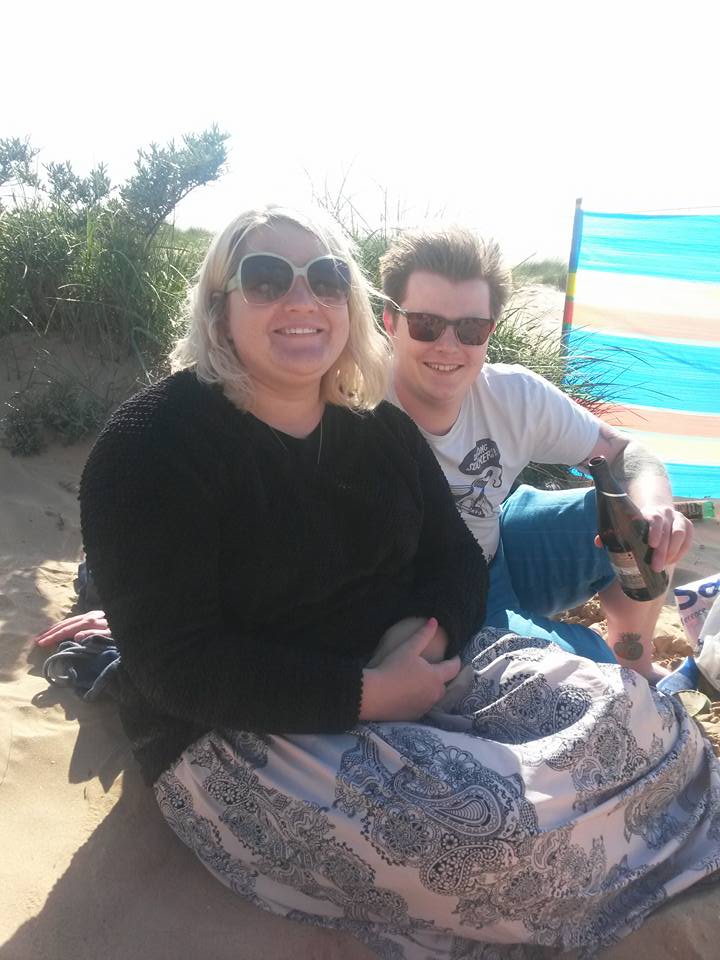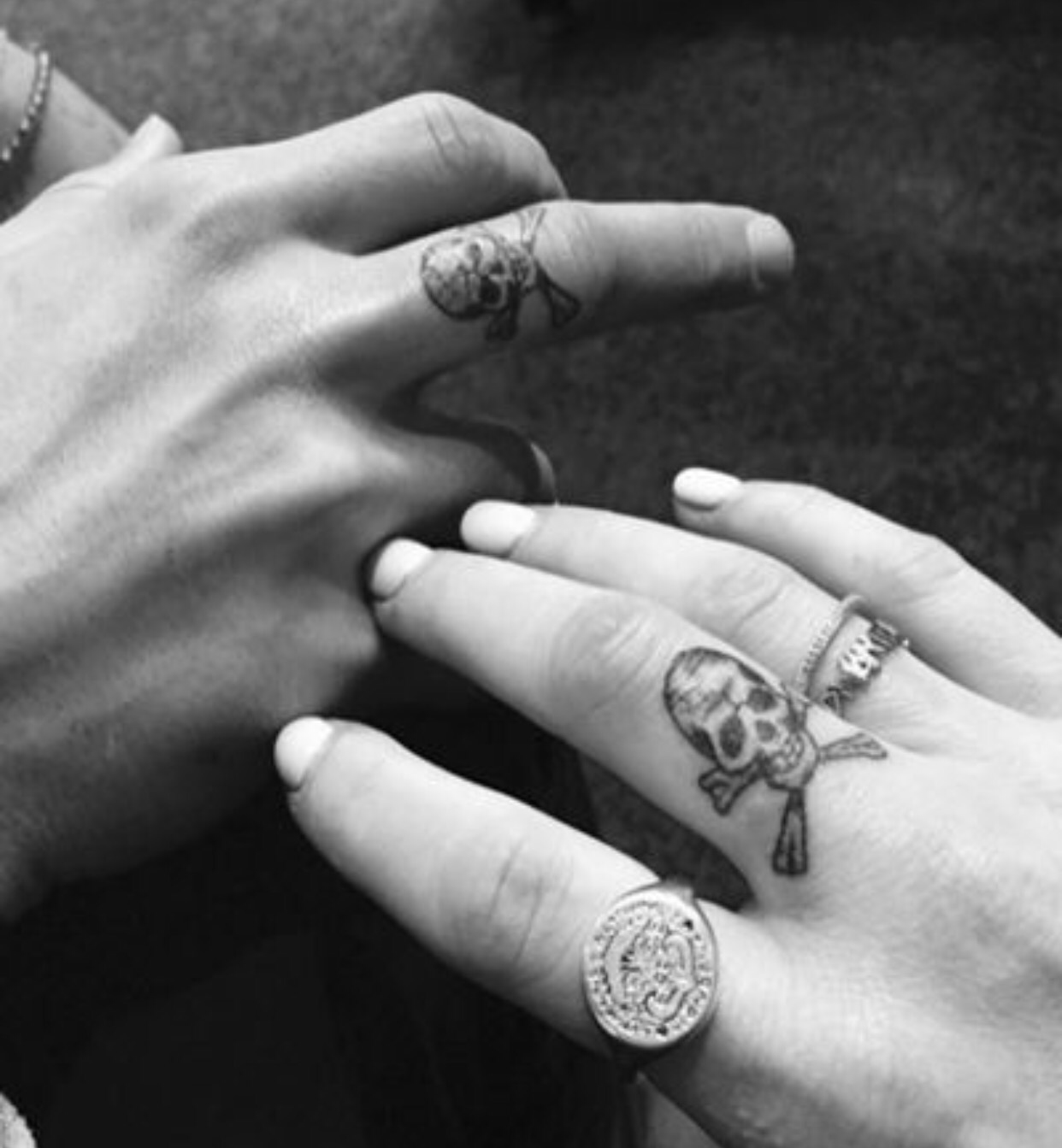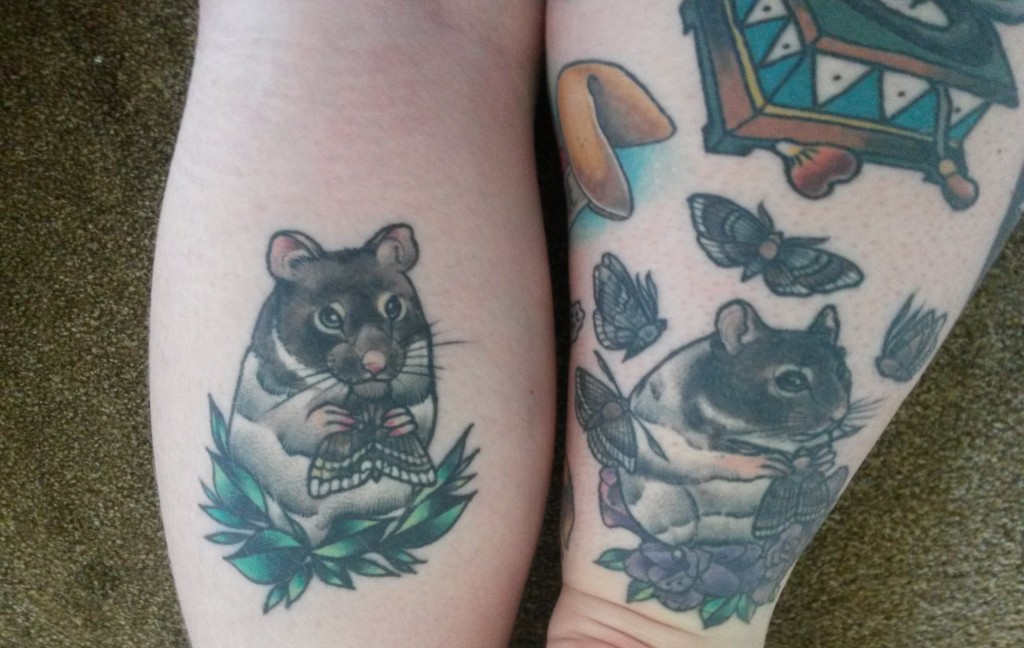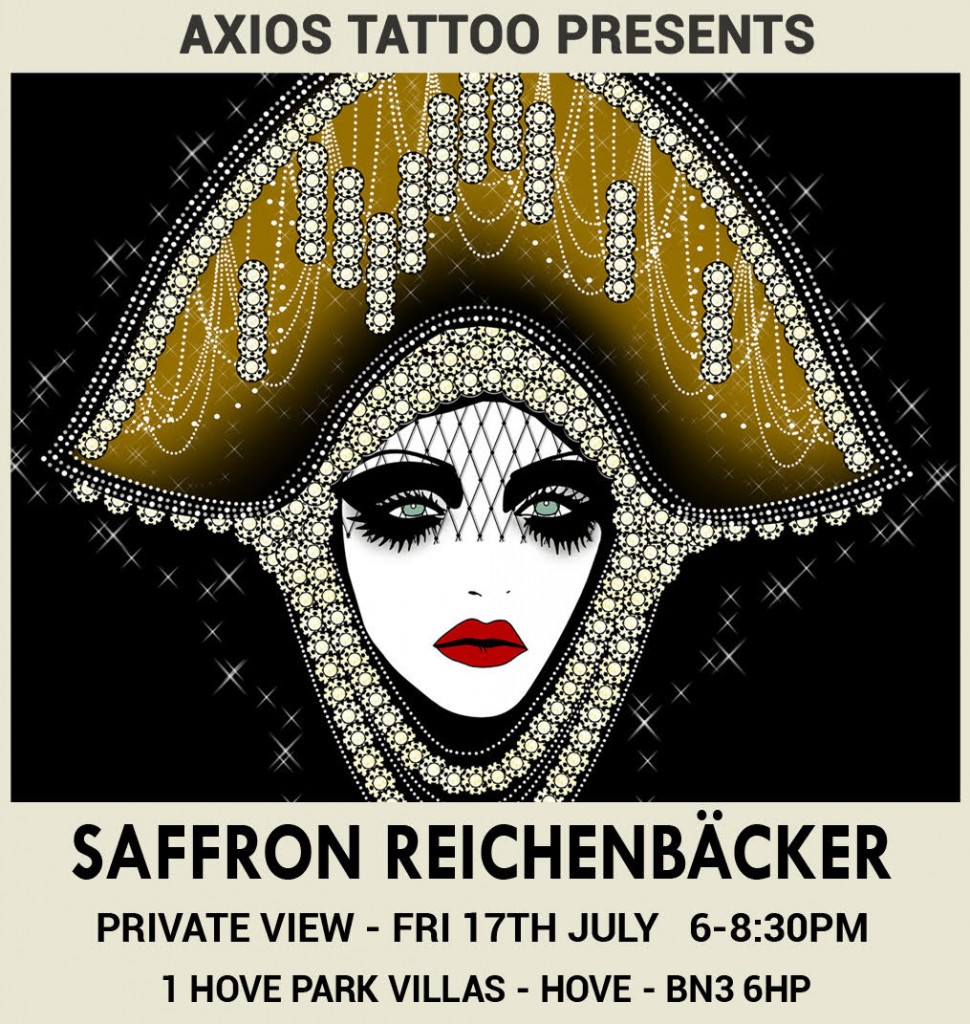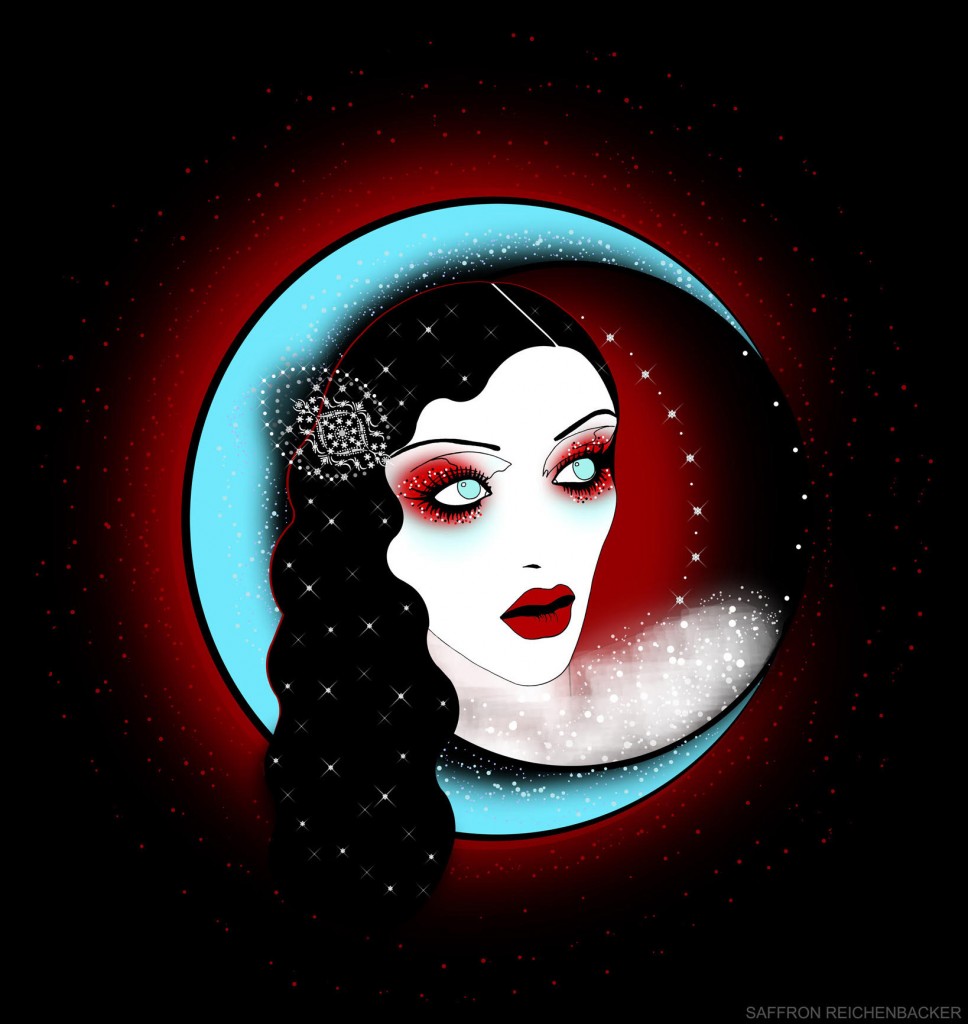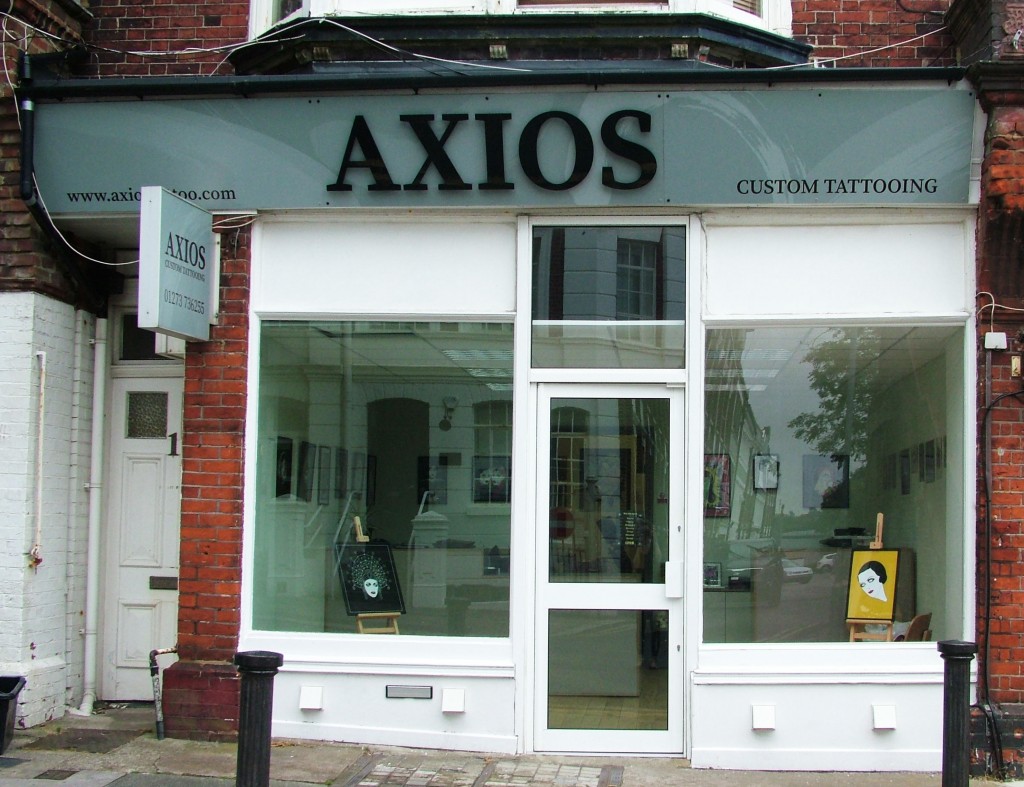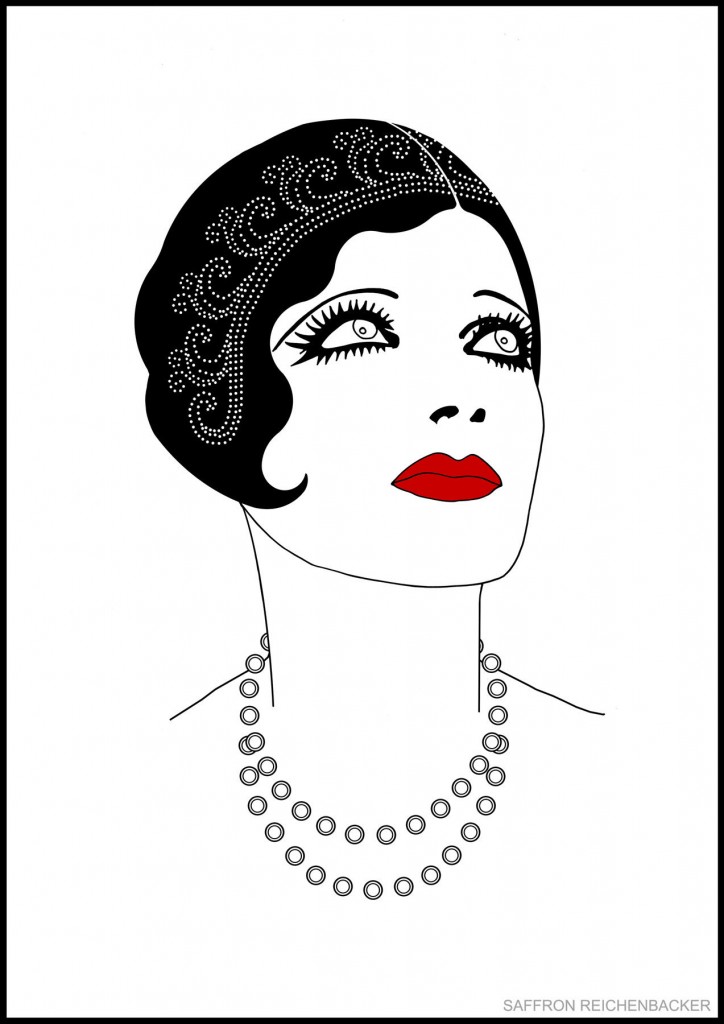Daughters of Mercy II is the second in a series of portraits painted by New York based artist Janet Brusselbach. The oil paintings depict transgender women demonstrating the changing nature of women’s bodies, their fluidity and the very essence of femaleness, as Janet seeks to introduce more trans bodies into the art world.
Janet paints with live models so that the subject can be comfortable and have control over their image. She is hoping to fundraise enough money so that the portraits can be on show in a New York gallery, as well as creating a calendar of the images.
Janet explains why she created the series and what she hopes to achieve on her Kickstarter site:
Daughters of Mercury is a series of full-length oil paintings celebrating the beauty and diversity of trans women. Each portrait is driven by how its subject wants to be seen and the collaboration of artist and subject. I am a cis woman who wants to support and advocate for amazing women I love and admire, using the medium I know best.
Sybil Lamb, oil on canvas, 36x48in, June 2005
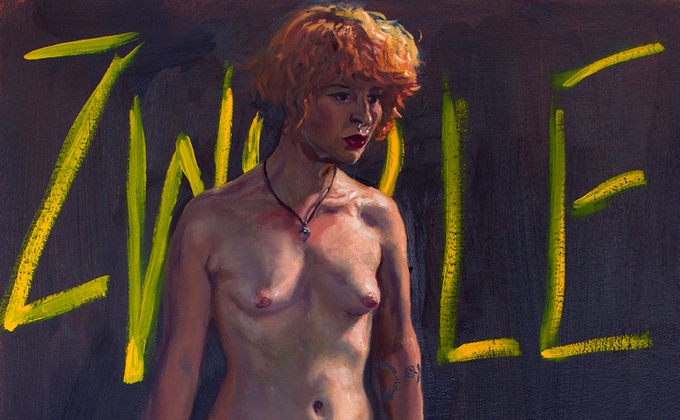 Mae (detail), 23×32, oil on canvas, May 2015
Mae (detail), 23×32, oil on canvas, May 2015
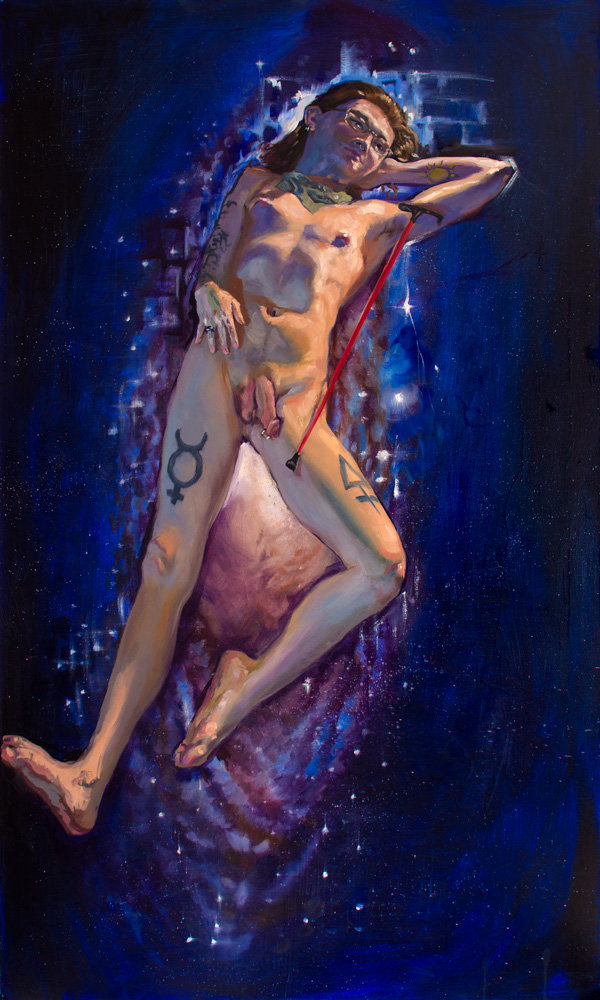 Andromeda, oil on canvas, 36x60in, April 2015
Andromeda, oil on canvas, 36x60in, April 2015
